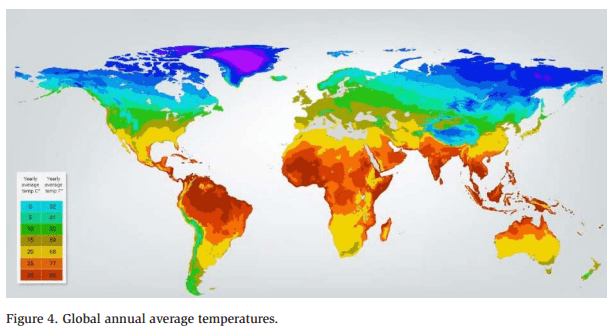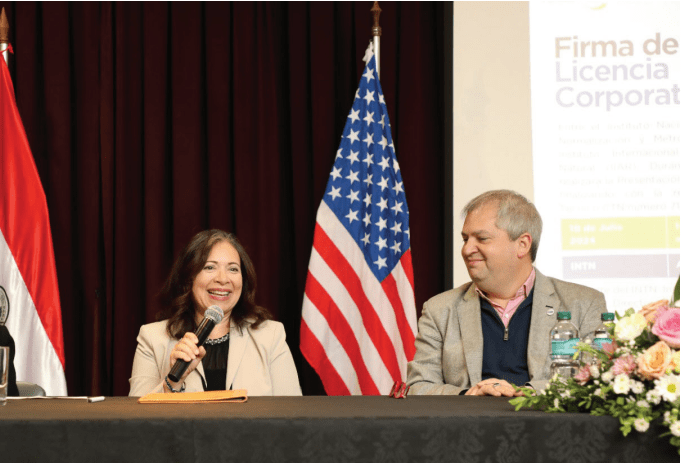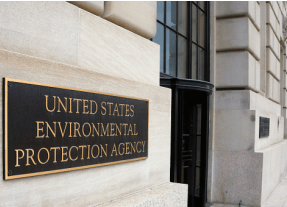
IIAR Releases Refrigerant Evaluator Tool
The International Institute of All-Natural Refrigeration has released a “Refrigerant Evaluator Tool” to help IIAR members and others assess their refrigerant choices and evaluate their options as the Environmental Protection Agency phases out high global warming potential refrigerants.
Read More
































